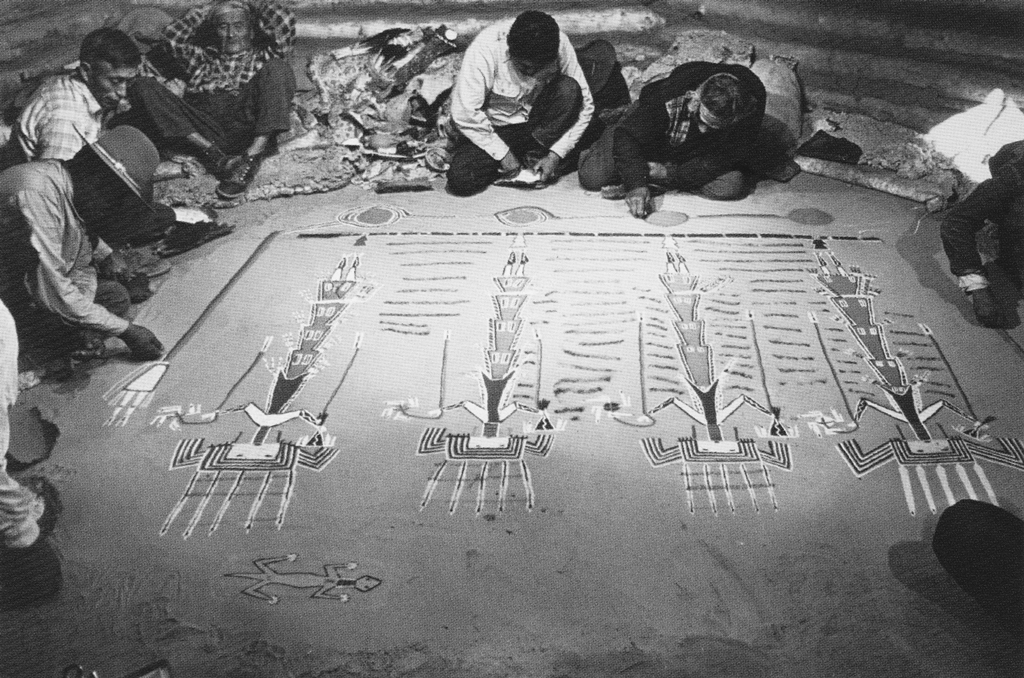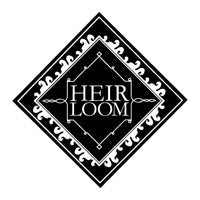


Early History of The Navajo People
Early Navajo descendants crossed over into Alaska from Asia around 25,000 years ago and eventually migrated into the Southwest some 600 – 800 years ago. There they encountered the Pueblo, who had been living there for thousands of years, whom they called Anasazi (Ancient Ones). From them, they learned how to grow corn, cotton and other crops. Corn became more than food for the Navajos: it was central to Navajo life, legend and ceremony.
When the Spanish conquistadors arrived during the 16th and 17th century they introduced sheep and horses, which the Navajo initially captured when they raided the Spanish settlements. This profoundly changed the Navajo by turning them into horsemen and shepherds. Mutton became a new diet staple and keeping flocks of sheep and migrating in search of grazing land became a new way of life for them.
Although weaving is an ancient tradition of the Pueblo people, it is believed that the Navajo did not begin weaving until the 17th Century. Many Pueblo sought refuge from the Spanish with the Navajo around this time. As the two groups intermarried, weaving knowledge and techniques were passed on to the Navajo.

Navajo Weaving into the 20th Century
By the 19th century, the quality, quantity and variety of Navajo weaving far surpassed Pueblo weaving. The oldest surviving Navajo weaving is known as the “Massacre Cave blanket” and was discovered at Canyon de Chelly, the site of a Spanish massacre which occurred in 1804. By 1822, commerce in the region would increase with the opening of the Sante Fe trail which connected the Southwest with the Midwest. Many more examples survive from this period which is known as the Classic Period of Navajo weaving. Following the American annexation of the New Mexico territories in 1848, a treaty was signed which allowed the US government to build a series of forts and trading posts on Navajo land which led to greater friction between the Navajo and New Mexicans. The US military eventually intervened and in 1862 began a scorched earth policy against the Navajo until many began to capitulate. By 1864, thousands of Navajo were deported to internment camps through forced marches in what is known as “The Long Walk”. Ultimately the Navajo were allowed to return to their homeland in 1868, but by then life – and by extension, weaving – had been changed forever.
By the mid-1870s government licensed traders were opening trading posts on Navajo land and by the 1880s the Santa Fe railroad was bringing tourists down to the Southwest regularly. Contact with Anglos went from being a rarity to a regular part of life for the Navajo. At the same time, cheaper commercially manufactured blankets from Pendleton decreased demand for handwoven blankets. This resulted in a change in function and appearance of Navajo weavings and weavers transitioned from making blankets to weaving floor rugs to meet new demand.
Classic Navajo designs were a combination of Pueblo, Spanish, and Mexican influences filtered through the lens of weavers who also had their own ancient design traditions. By the turn of the 20th century, the taste and expectations of the Anglo trader became a dominant influence of the Navajo weavers. Each trading post and the surrounding area developed its own style and many of today’s regional rug styles can be traced back to the legacy of a few influential traders.

Holy Navajo Sandpaintings & Yei Weavings
Sandpainting is the art of pouring colored sands or powdered pigments on the ground to create a design. Many cultures have rituals based around sandpaintings for religious or healing purposes. For the Navajo, it is an integral part of their belief system and is performed by medicine men who memorize the intricate chants, designs and ceremonial procedures which are all handed down from generation to generation.Yei are supernatural beings who feature prominently in the folklore and rituals of the Navajo. They are often rendered with slender elongated bodies and half-raised arms. Traditionally, Yei were depicted only in the sandpainting rituals which were intended to be temporary and would be destroyed following the ceremony. This is why permanent depiction of the Holy People was taboo and why the first Yei weavings were highly controversial. Weavers who dared create these designs were not only flaunting convention, but also defying the gods, and rumors circulated that the weavers who wove these would be afflicted with a variety of ailments or even death. The first Yei rugs were woven off-reservation, where there was less social pressure.
The most well-known weaver of early sandpainting tapestries and Yei weavings was Hosteen Klah, and although he wasn’t the first to weave them he was the first to become known for them. Klah was both a medicine man and weaver and was one of the last of his generation to have memorized particular chants and rituals. He was first asked to weave a sandpainting textile by the wife of a trader, in 1919. Soon after, he was approached by Mary Cabot Wheelwright, a patron and dealer of Native American art to produce more sandpainting tapestries, as a way of preserving and recording the complex rituals. Klah enlisted the help of his nieces to complete the weavings, and all three managed to complete the weavings with their faculties intact. Once word got around that weavers would not suffer for permanently depicting these holy images, more and more weavers started creating sandpainting weavings and Yei rugs.
By the mid-1920s, these weavings were heavily promoted by local Shiprock traders. The first Yei weaving often depicted a single, front-facing Yei woven in bright synthetic colors, on a grey ground. Shortly after, Shiprock area weavers replaced the single Yei with multiple brightly colored slender figures in a line, on a white or light background. Often the figures are depicted wearing feathers or carrying corn stalks. A rainbow goddess figure partially encloses the line of Yeis. The rainbow Yei is drawn around every sandpainting. The body curls around the south, west and north sides to protect from outside influences, and to protect the user from the power of the depicted god. The east is left open because the Navajo thought no evil can come from the east. In the 1930s, a second style of Yei rugs was developed around the Lukachukai, Upper Greasewood and Round Rock trading posts. They were generally coarser and larger than those around Shiprock due to the use of handspun yarn and featured a red, gray or black field surrounded by a simple banded border. Our example most likely belongs to this group.


We sourced much of our information from Hali Magazine, The Navajo Weaving Tradition: 1650 to the Present by Alice Kaufman & Christopher Selser and Navajo Weavings with Ceremonial Themes: A Historical Overview of a Secular Art Form, by Rebecca M. Valette & Jean-Paul Valette.

